After historic flooding, Wilmington looks to create green spaces in city's Northeast
Remediation at several brownfield sites in Wilmington’s Northeast community has paved the way for flood-resiliency infrastructure for the low-lying neighborhood along the Brandywine.
Area residents were updated on the city’s plans to implement “earthwork” and other “hard and soft ‘green’ engineering solutions” in the Northeast neighborhood during a recent town hall discussing the remediation progress and plans for reuse of the brownfield sites, also known as sites that have previously been built upon.
“The impacts of Hurricane Ida on the properties in 2021 illustrated that the neighborhood's lack of flooding resiliency is a much bigger challenge than these sites’ environmental legacies,” said Sean Garrigan, of Stromberg/Garrigan & Associates Inc. – the consulting firm Wilmington hired to assist with redevelopment plans.
NATURAL DISASTER RISK: Climate change impact is intensifying everywhere. Do you know where Delaware's risk ranks?
Thus, plans to pursue green infrastructure and enhance flood resiliency for the future is a natural progression for reuse in the Northeast community, Garrigan said.
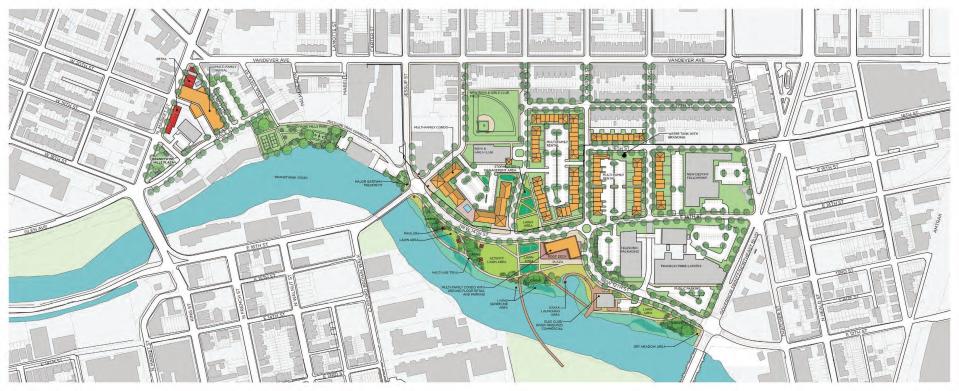
Environmental assessments of the Wiley Cork industrial site on North Church Street and the Diamond State Salvage site along the east side of the Brandywine between North Church and 16th streets show cleanup has helped prepare them for future uses.
IDA IMPACTS: Displaced by September floods, 30 Wilmington residents still living in shelters, cars
Wilmington Mayor Mike Purzycki’s Deputy Chief of Staff John Rago said all options for redevelopment are being considered.
“The city has aspirations for both flood-resiliency infrastructure as well as residential and commercial development,” he said. “We have all options on the table because this area along the Brandywine River has the potential to be Wilmington’s second riverfront district.”
The brownfields
A brownfields area-wide plan for the city’s Northeast community was developed in 2019, outlining the history of the neighborhood and identifying four environmentally contaminated sites that should be remediated for reuse.
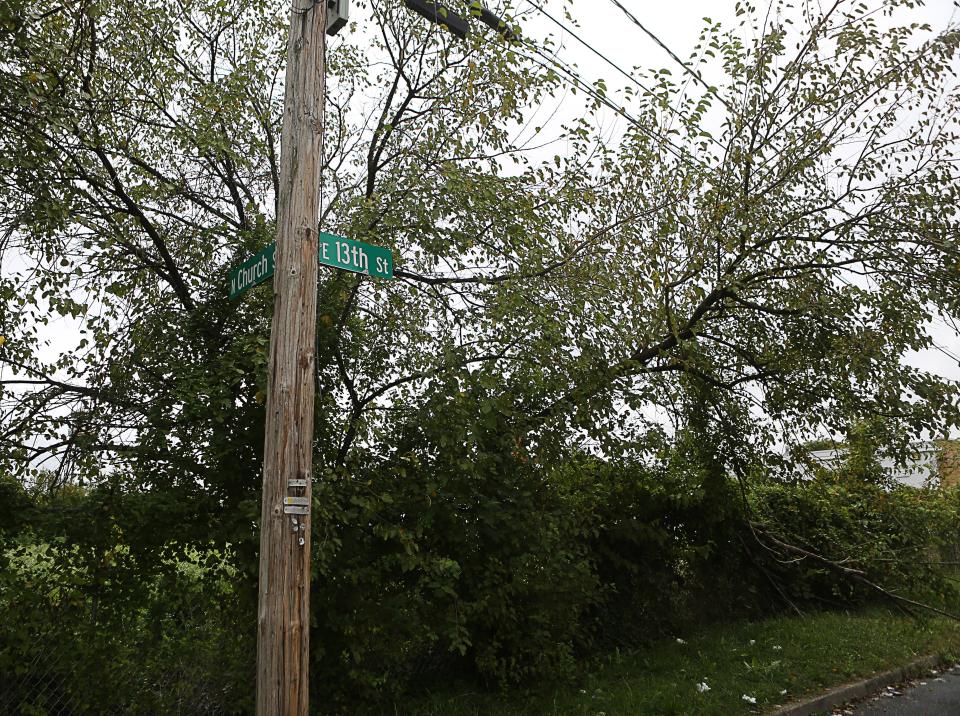
Diamond State Salvage: A 4-acre site along the Brandywine, south of the 16th Street Bridge, that was used as a salvage yard from 1949 to 1992. The U.S. Environmental Protection Agency remediated environmental contamination at the site in 2000. Further risk assessment and investigation is necessary to use the site for public recreation and residential housing.
Wiley Cork: A 4.25-acre site on North Church Street that was capped with asphalt following environmental remediation by the Delaware Department of Natural Resources and Environmental Control in 2005. The latest environmental assessments recommend redeveloping the site for housing and advise seeking approval from DNREC to revise the covenant prohibiting residential use.
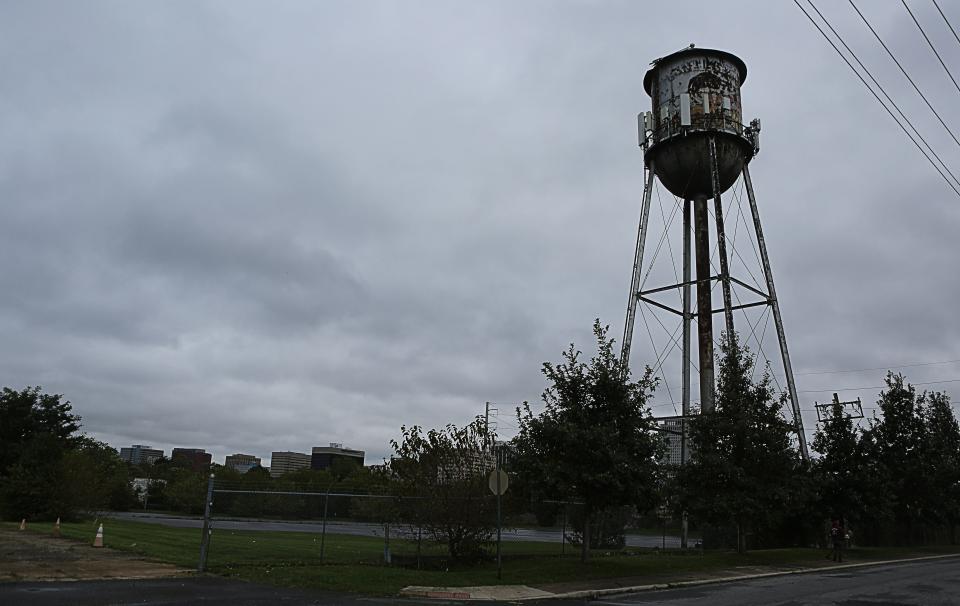
READ THE NORTHEAST BROWNFIELDS REUSE PLAN
Wilmington Maintenance Yard: A less than 3-acre site along the Brandywine adjacent to the northern side of Northeast Boulevard will be used for the right-of-way for the 12th Street connector project. The remainder of the site would become “a living shoreline and gateway treatment along the river’s edge and a parking lot on the inland side of 13th Street.”
PREPPING FOR DISASTER: How your family can prepare for environmental disaster in Delaware
The Moyer School: A complex of buildings situated on two parcels divided by 17th Street that was once owned by Hercules Inc., a chemical business. Though records exist of an underground storage tank being removed from the site in 1991, there is no other information regarding its environmental condition. Shortly before the reuse plan was released, the city in March 2019 learned the site had new owners, which will require coordination with owners and review of what was planned for reuse at the site.
Potential redevelopment, reuse
The current target areas for reuse are the Diamond State Salvage yard, Wiley Cork and a former rail corridor that was identified as an opportunity for a multiuse trail connection along the Brandywine, while also providing right-of-way for the 12th Street connector project.
SOUTHBRIDGE: This project added housing to get Wilmington's support. Why it's still not approved
The former Diamond State Salvage site was previously contaminated with lead and PCBs; however, the federal agency cleanup addressed those conditions. Recent reviews found that most of the parcels don’t require further remediation, outside of a “small out-parcel,” but additional documentation is needed to finalize this determination with DNREC.
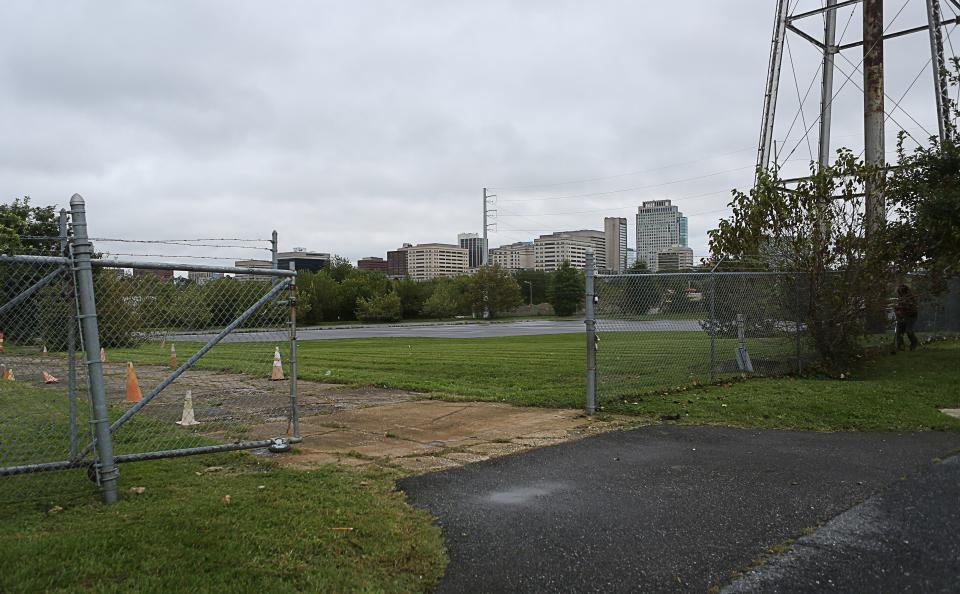
The latest plans include “creating a living shoreline and flood-resilient development and public space, especially focused on the former Diamond State Salvage site along the Brandywine Creek,” Garrigan, the city's contractor, said. “The updated reuse plan also integrates the proposed 12th Street Connector project, which is currently advancing through the engineering process, now led by (the state Department of Transportation).”
Northeast community feedback
Wilmington City Councilperson Zanthia Oliver, who represents the neighborhood situated in the 3rd District, said she hopes the city will host another community meeting to take more feedback.
“It wasn’t a good showing of the community,” Oliver said of the Sept. 21 meeting at the H. Fletcher Brown Boys and Girls Club on Spruce Street. “That’s why I think they should have another meeting — the residents around there need to know what’s going on.”
The infrastructure planned to alleviate flooding in the neighborhood is critical.
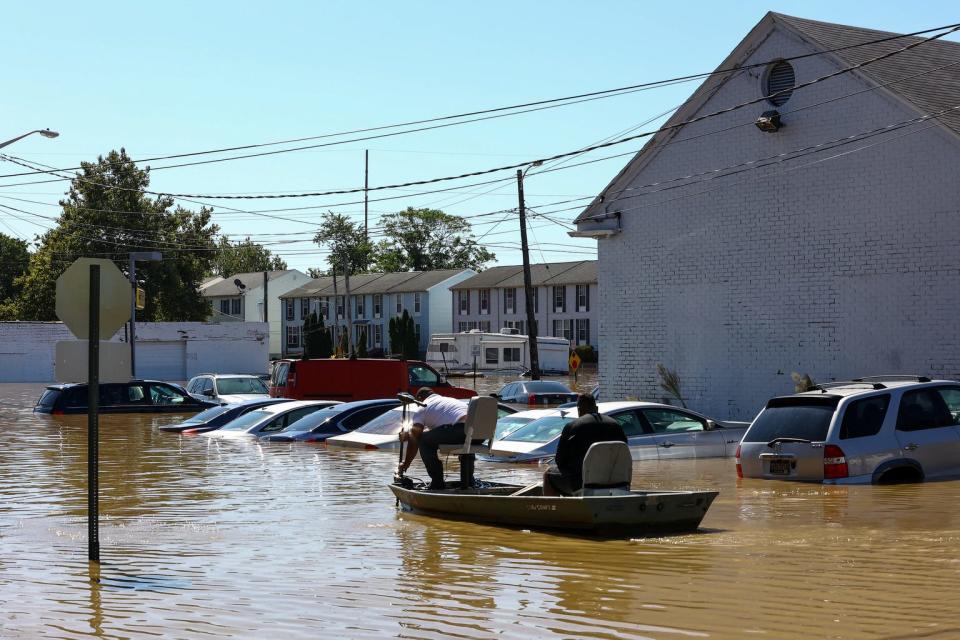
The Northeast neighborhood was ravaged by Hurricane Ida remnants in 2021 when the Brandywine saw a surge crest over 21 feet − 4 feet higher than previous records − and the largest flood in 200 years.
Communities along the Brandywine in both Pennsylvania and Delaware were razed by historic flooding by Ida remnants, which left over $100 million in flood damages to public infrastructure in the region in its wake, according to the Brandywine Conservancy.
HOUSING: How the Wilmington Housing Authority plans to use a nonprofit to create affordable housing
The Northeast Community Family for Change association hasn’t been directly involved in discussions on remediation and reuse of the contaminated sites, but member Maureene LaFate said she’s thrilled that the neighborhood she’s called home for 40 years is getting some love.
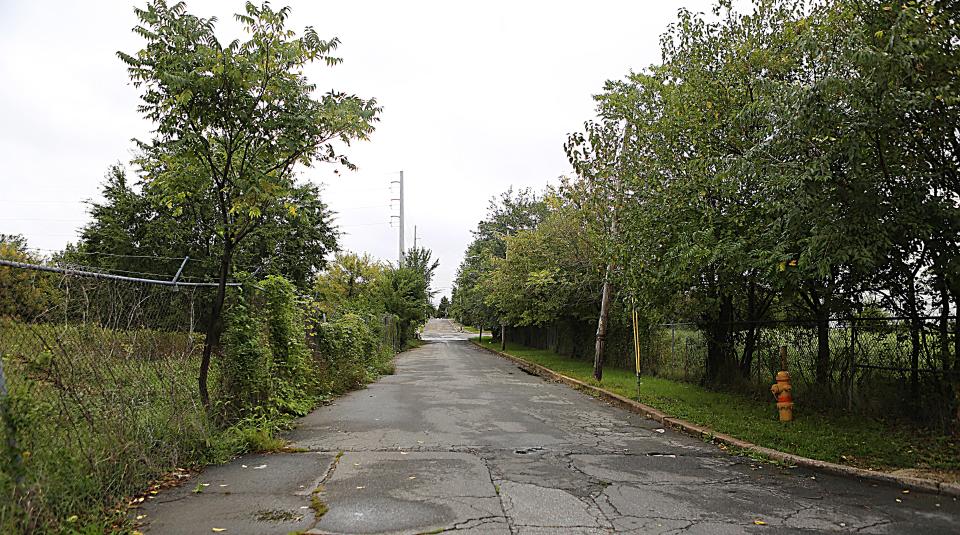
“We’ve been waiting a long time for the eyes to look this way,” said LaFate, who lives on East 28th Street. “I’m so excited to see the Riverside community looking better – that area has impacted the whole of the Northeast.”
COMMUNITY DEVELOPMENT: How $10 million will help Wilmington's Riverside take the next step in redevelopment
And improvements that will help address flooding will be a welcome improvement, too, LaFate said.
“When Hurricane Ida hit, that was something I had never seen in my lifetime and I’m turning 70 years old,” she said. “When it gets down to it, it’s really about the plumbing underground. I really believe that we are not prepared yet for the future.”
It was that historic flooding that sparked the Delaware Resilience Hub, spearheaded by community advocate and city resident Stacey Henry. The resource hub engages the community and provides resources to prepare families in the event of climate change-fueled disasters.
Henry remains cautious about development in the Northeast neighborhood, saying she’ll believe it when she sees it.
Got a tip? Contact Amanda Fries at afries@delawareonline.com. Follow her on X at @mandy_fries.
This article originally appeared on Delaware News Journal: Wilmington uses brownfield cleanup to improve flood resiliency

